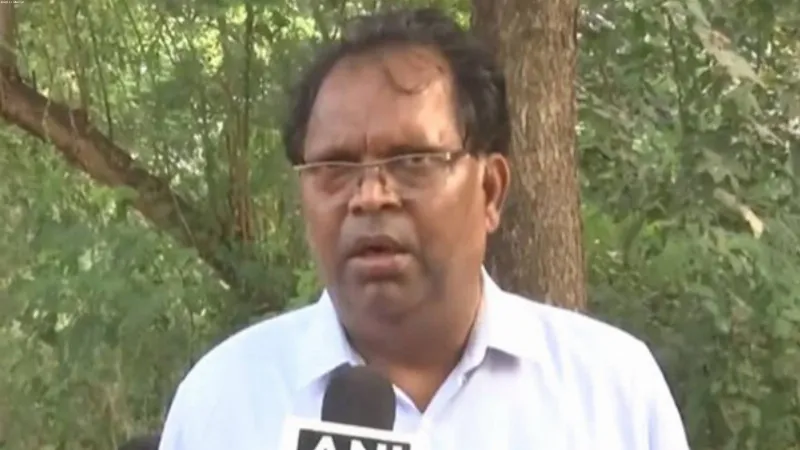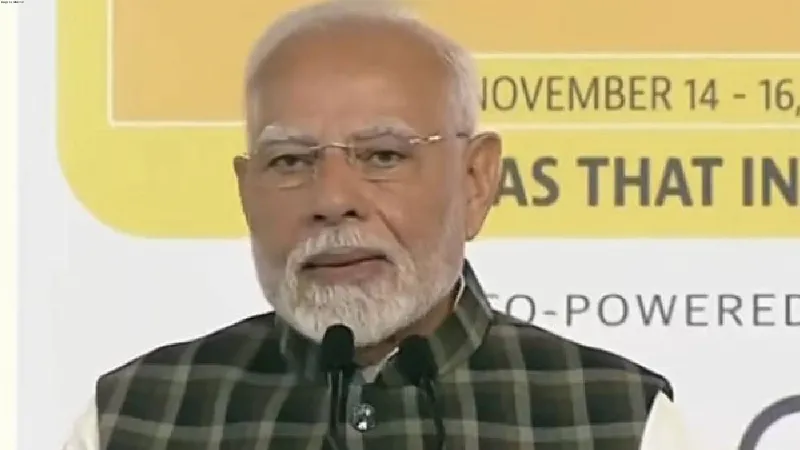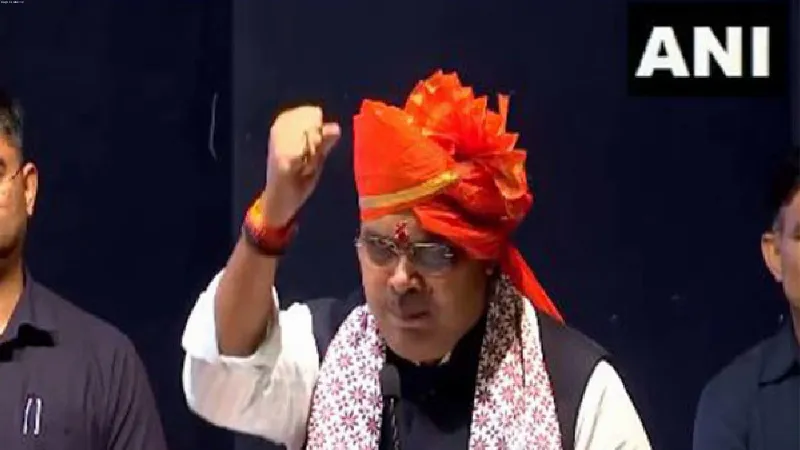Latest News
TAKING THE MYSTERY OUT OF LIFE AFTER DEATH

There are few questions where it can be said that literally every answer is second-hand, but the persistence of consciousness after death is one. As sticky and complicated as the issue is, it can be broken down into three perspectives that in themselves are simple. The perspective of a believer supports life after death; the skeptical perspective denies it; the undecideds stand in the middle. Generally, anyone who belongs to one of these camps is resistant to accepting evidence from another. In essence, believers don’t budge because they trust their religion; skeptics won’t budge because they trust rationality; undecideds remain stuck in ambivalence and doubt.
The fundamental issue is whether the afterlife can be transformed into a viable question. I believe it can, but it takes a lot of patient discourse before the needle moves even half an inch. For the dialogue to be open-minded, turning the afterlife into a valid question must return to basics. The most basic term is consciousness because if you don’t specify what consciousness actually is, you wind up worrying about the survival of the soul, or of “me,” the individual ego-personality. I propose that if two people agree upon the definition of consciousness, they will agree on the existence or nonexistence of an afterlife. Otherwise, we are stuck with competing stories.
If we toss out all suppositions and inferences, what can we truthfully say about consciousness? By this, I mean what can we say that no reasonable person will disagree with? At least I can relate a few things that I’ve been able to convince people of when they drop the stories they believe in.
1 There is only one consciousness. To subdivide it makes no sense. This point is lifted almost verbatim from Erwin Schrödinger, the eminent quantum pioneer. Philosophically, the “one consciousness” position is common to monistic schools, because they repudiate any true difference, ontologically, between the one and the many. Yet when dealing with everyday people, it’s obvious that we all cling fervently to being individuals, outfitted with “my” family, house, body, mind, and soul. To crack this allegiance requires arguments like the following:
- When you get wet, do you call it “my” wet? Some things happen to us personally but turn out to have a general existence.
- If you sing “The StarSpangled Banner” as you walk down the street, did the song walk down the street with you?
- If you imagine your mother’s face, where is that mental image located? The brain has no pictures in it, and no light. When you imagine your mother’s face, you don’t consult a directory of facial characteristics the way computer recognition software does– you simply call up what you wish to see.
2 Assuming that the discussion can crack open the presumption of isolated, local consciousness–there are many ways to get at this, not just the few questions listed above–the second point is that this “one consciousness” cannot be located. It is everywhere, all at once. This point sounds like a hard sell, as it would be if everyone held an advanced degree in philosophy, I imagine. But in everyday life, the argument is fairly easily based upon physics.
- Cosmologists and quantum physicists agree that spacetime originated in a domain (referred to as the zero point, quantum vacuum state, or the realm of pure mathematics) that isn’t in time and space.
- The entire universe, as well as individual subatomic particles, emerged from this pre-created state, which has no qualities we would recognize such as linear time, dimensionality, solidity, energy, etc.
- At the very least, all creation stories, scientific or not, converge on the creation of something out of nothing. Beyond our experience of reality in spacetime, there is a field of infinite potential, unbounded possibilities.
3 If there are only these two positions, how do we decide between them? The difficulty is that being monistic, the two are incompatible and, more critically, totally self-consistent. It isn’t possible to step outside the framework of “mind first” or “matter first” to gather evidence. All the evidence lies within the worldview that produced it. Even if other, as yet unknown, kinds of evidence emerged–such as the current, quite baffling existence of so-called dark matter and dark energy, which don’t follow the rules of visible matter and energy–it would be absorbed into pre-existing stories that we live by.
The creation of something out of nothing has been lurking in the background as the ultimate question, yet with reference to everyday experience, the mystery becomes both personal and self-evident. If someone whispers, “I love you” in your ear, the mind-body system will display hundreds of changes dissimilar to what occurs if the whispered words are “I have a gun pointed at your heart.” The deciding factor isn’t material in the slightest; it consists of mental activity, the continual production of thoughts, words, meaning, purpose, direction, intention, and so on.
It is far from impossible to convince reasonable people that these points are true, and they stem from defining consciousness in the most basic, intuitively validated way. As to the specific issue of an afterlife, consider what lies on the side of its existence:
- Consciousness, being nonlocal, is not subject to birth and death.
- Even in physicalist terms, there must be a pre-created state beyond time and space. Birth and death, being aspects of linear time, are not present there.
- An argument can be mounted that certain abstract experiences, such as mathematics and information, have an indestructible aspect, again immune to birth and death.
THE VIEWS EXPRESSED BY THE AUTHOR ARE PERSONAL
Deepak Chopra, The writer is MD, FACP, FRCP founder of the Chopra Foundation, a non-profit entity for research on well-being and humanitarianism, and Chopra Global




















